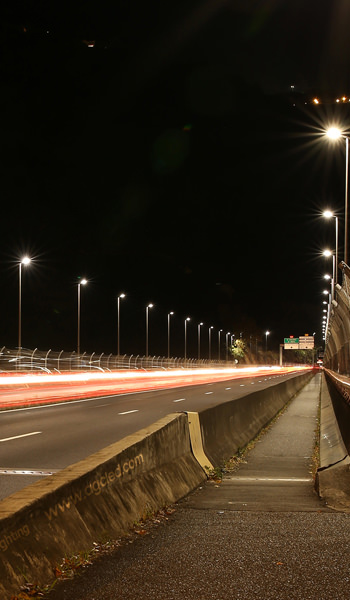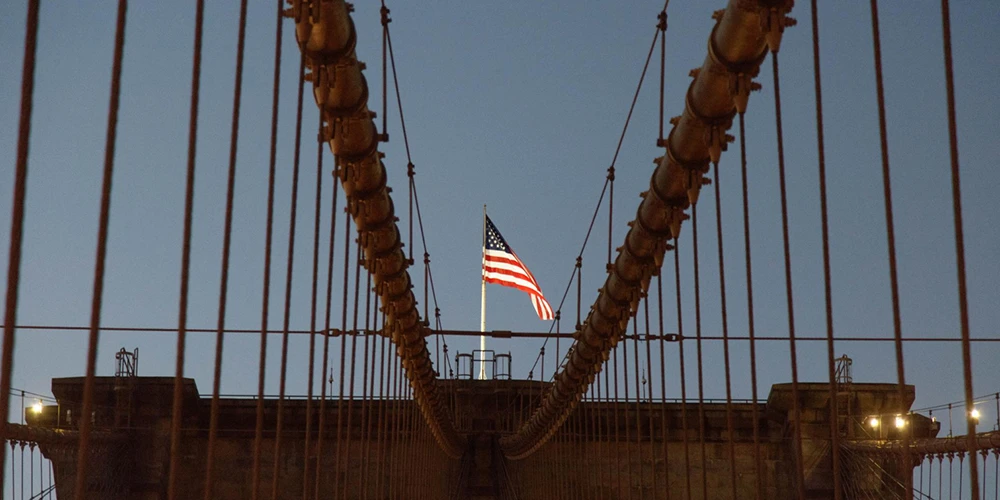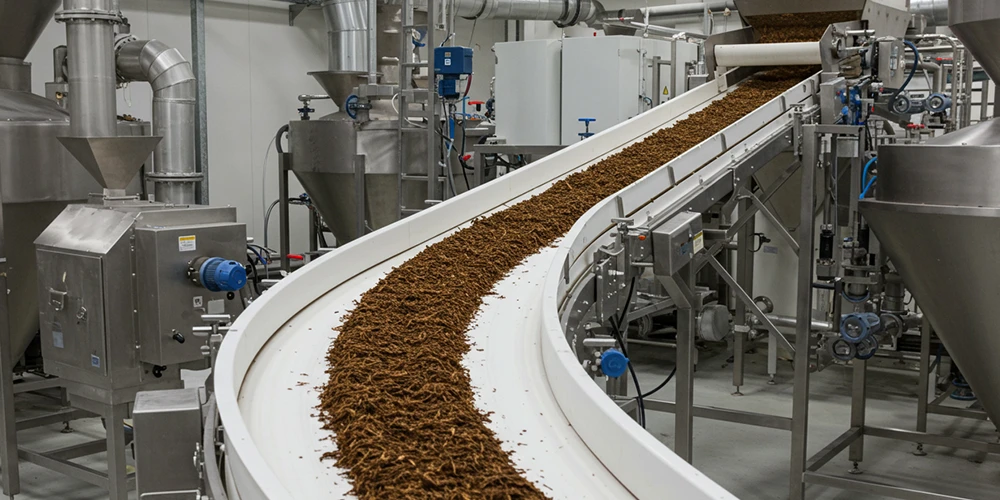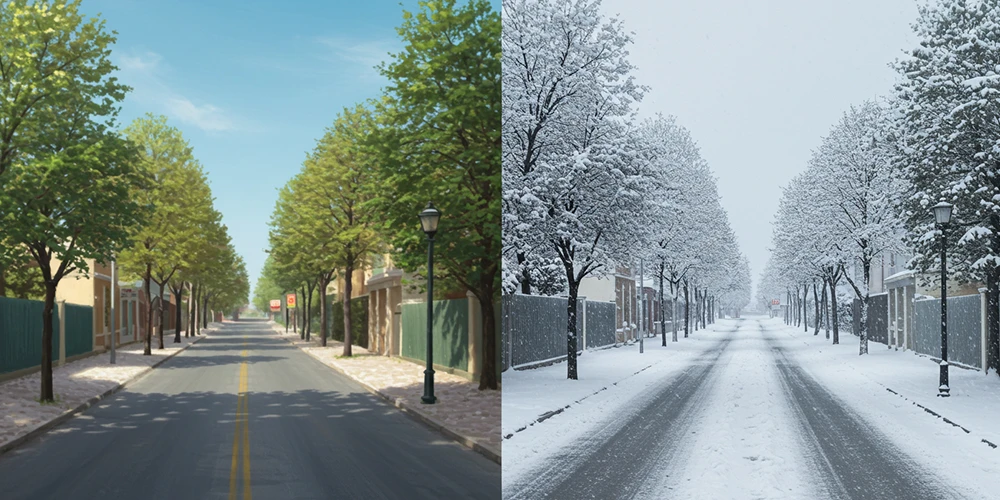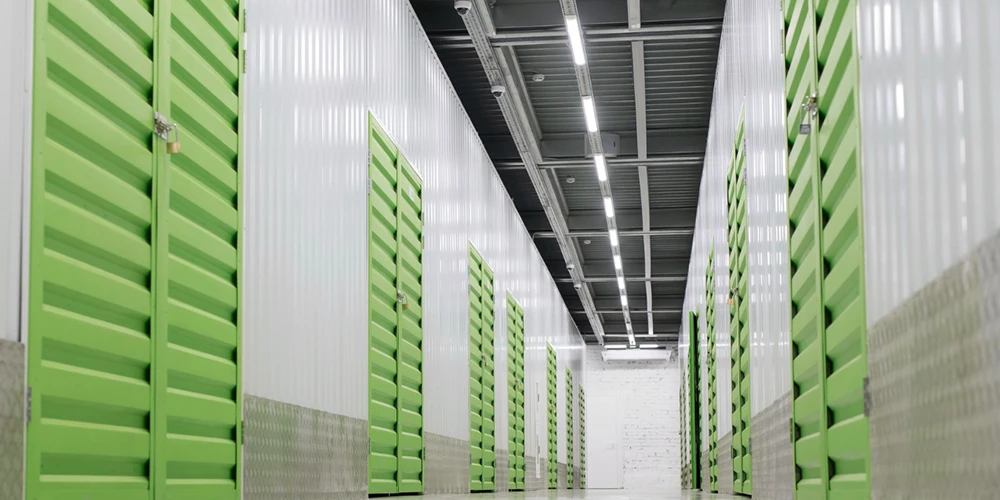Transport hubs are places where different modes of transportation converge, such as airports, train stations, bus terminals, etc. They are complex and dynamic spaces that serve millions of travelers and visitors every day.
Lighting is an essential element for the safety, functionality, and aesthetics of these spaces. The right lighting design is crucial for supporting way-finding, security, and delivering an enhanced passenger experience.
In this blog post, we provide six practical tips for designing and upgrading lighting in transport hubs. Whether you are looking to improve an existing lighting system or illuminate a new facility, these guidelines will help you enhance visibility, reduce energy use, and create visually stunning spaces aligned with human centric lighting principles.
Now let’s explore these key considerations for transport hub lighting in more detail.
1. Plan ahead and choose the right lighting products
Transport hubs are dynamic and multifunctional spaces that demand lighting solutions that can meet their diverse and evolving needs. To design effective lighting solutions for transport hubs, it is essential to plan ahead and select the right lighting products for each area and function. This requires a thorough analysis of the space, taking into account its size and shape, its passenger capacity and movement patterns, and its specific lighting needs for safety, efficiency, and visual appeal.
Choosing the right lighting products is a key step in creating effective lighting solutions for transport hubs. You should look for lighting fixtures that are specially designed for commercial or industrial settings and that comply with relevant safety and performance standards. You should also consider factors such as energy efficiency and the compatibility with lighting controls and other systems.
A light plan from experienced lighting manufacturers can make this process easier. It can help you illuminate the transport hubs in the best way possible while minimizing the number of light fixtures required.

2. Optimize visibility and safety
Transport hubs are busy spaces where passengers need to move around safely and efficiently, often with luggage or other challenges that can affect their visibility. Poor lighting can cause accidents and injuries, and can also expose passengers and staff to crime and other security threats. Brightness is essential in high-traffic areas and spaces where safety and security are a priority.
For areas such as platforms, stairwells, waiting lounges, the lighting level should range from 100 to 300 lux depending on the size and ceiling height of the space. The lighting should be uniform and consistent, avoiding shadows or dark spots that can impair visibility and orientation.
For areas such as check-in counters, security checkpoints, customs and baggage claims, the lighting level should be higher, between 300 and 500 lux. This helps personnel to visually identify travelers quickly and accurately.
It is also important to choose lighting fixtures that have low glare and to consider the placement and orientation of lighting fixtures to minimize glare and shadows. Lighting fixtures can be installed at different heights or angles, or use lenses or reflectors to distribute light more evenly throughout the space.
3. Incorporate circadian lighting
Circadian lighting, also known as human-centric lighting, is a type of lighting that simulates the natural cycle of daylight and darkness. It aims to support the human circadian rhythm, which is the internal clock that regulates our sleep and wake patterns.
Dynamic and tunable white lighting can greatly enhance passenger comfort and staff productivity in transport hubs, which operate 24/7. Circadian lighting can help passengers adjust to different time zones and cope with travel-related stressors by regulating their sleep patterns and mood. It can also create a more welcoming and comfortable environment for passengers, which can improve the overall passenger satisfaction. For staff working night shifts, higher CCT lighting can help them stay alert and perform better. Where possible, personal tuning can allow staff to customize lighting to their natural rhythms and preferences.
4. Use controls for higher efficiency
Lighting controls are a vital component of solutions for transportation lighting. They enable you to adjust lighting levels and schedules to suit the specific needs of the space, and can significantly improve energy efficiency and reduce operating costs.
There are various types of lighting controls that can be used in transport hubs, such as occupancy sensors, timer controls, and daylight sensors. These controls can turn lights on and off automatically based on occupancy or daylight levels, or set specific schedules for lighting based on the specific needs of the space. Dimming controls can also offer demand response benefits. During peak electricity demand times, dimming non-essential lighting slightly can generate utility incentives and savings.
Zone-based control capabilities can also allow you to tune different areas separately to meet the specific needs of different zones. Integration with different sensors and controls can contribute to greater energy efficiency. Moreover, sensors and dimmers that work with different lighting standards such as Zhaga, DALI, and Casambi, can enable more flexible and intelligent control.
5. Consider aesthetics and branding
Aesthetics and branding are the aspects of lighting that relate to the appearance, style, and identity of the transport hub. Lighting can play a significant role in shaping the look and feel of a space, and can help to create a memorable and distinctive brand identity for the transport hub.
Choose lighting fixtures that match the existing design elements and materials used throughout the space, or use lighting features that reflect the branding and identity of the transport hub. Consider using RGBW lighting to highlight specific architectural features or signage within the transport hub, or tunable white lights to create lighting that changes colors or patterns to reflect the time of day or specific events or occasions.
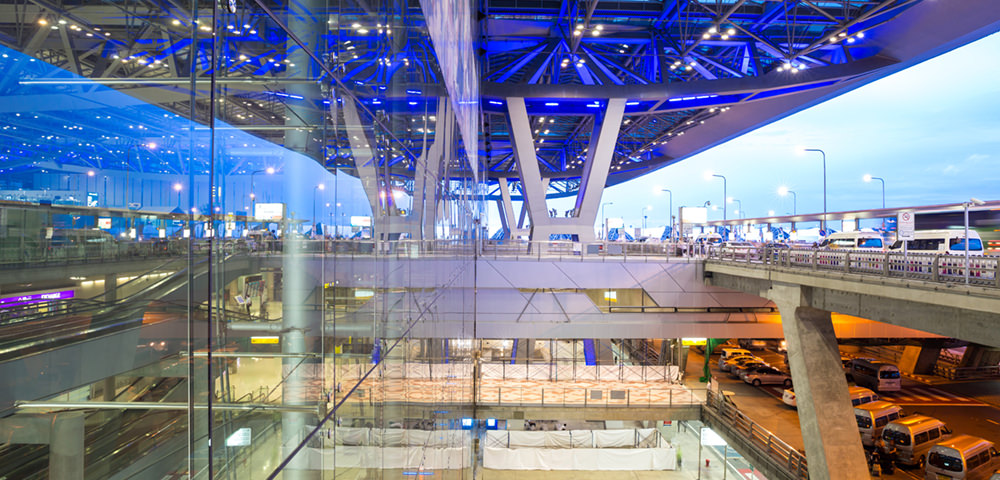
6. Plan lighting retrofits and upgrades
Lighting fixtures can become outdated or inefficient over time, leading to higher energy costs, reduced performance, and increased maintenance requirements. Lighting retrofits and upgrades offer a great opportunity to reduce energy use while improving visibility and aesthetics for aging transport hubs. However, comprehensively retrofitting a large, operating transit facility requires careful planning and phasing.
Identify optimal replacement LED products that match your existing lighting layout to minimize rewiring needs. You can choose lighting retrofit kits to replace the light source while maintaining the elegant appearance of existing fixtures. Consider adding lighting controls like sensors and dimmers for added savings.
To avoid disruptions, phase upgrades sequentially starting with the poorest performing lighting systems. Schedule work during off-peak hours and develop temporary lighting plans.
With proper planning and phasing, transportation lighting upgrades can result in a 50-80% reduction in energy consumption while delivering superior quality, control, and sustainability. The long lifespan of LEDs also reduces maintenance overhead over the long run.
AGC lighting offers free light plan and customized lighting solutions to help you design effective lighting for transport hubs. Our lighting solution can help you lower energy consumption and improve lighting performance. If you need any assistance for transport hub lighting, please contact us.

